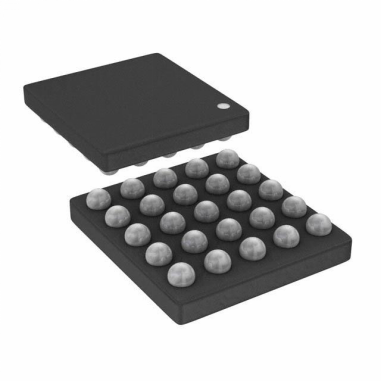Mid-range FPGAs focus on low cost and low power
Seeing the "blank" of the market, the recently launched PolarFire FPGA has become a great tool for Microsemi's mid-range FPGA. From this name, you can see the "ambition" of the company, because the direct translation of PolarFire is basically "ice and fire." And this kind of product with high hopes is already extraordinary.
According to Shakeel Peera, the advantages of FPGAs are: low power consumption, cost optimization, and excellent security and reliability.
Specifically, PolarFire FPGAs consume up to 50% less power than competing FPGAs of the same type, with significant results. Shakeel Peera explained that this comes from five optimizations, one is static power optimization, using NVM (non-volatile memory) process to bring static power that is one-tenth lower than SRAM overall, such as 25mW for 100KLE devices; It is usually the start will bring a surge, but PolarFire achieves a zero surge current. Third, the innovative transceiver architecture enables power optimization. The fourth is its Flash*Freeze deep sleep mode, which allows more circuits to be in sleep mode and immediate wake mode. The fifth is hardware IP support, such as DDR and SGMII PHY, PCIe, etc. This not only increases thermal redundancy, increases computing power, but also eliminates the need for heat sinks and fans, reducing overall operating and maintenance costs.
PolarFire FPGAs also offer comprehensive IP protection, root of trust, secure communications, tamper resistance and other security benefits. They also feature the SEU immune architecture configuration and SECDED protection on the memory to provide the industry's best reliability.
“The key to cost optimization is to use the most cost-effective SONOS-based 28nm CMOS process instead of the expensive HKMG or FinFET process. Second, the optimized architecture, from I/O, transceiver rate, LUT4 architecture, Both memory and DSP are specifically designed for mid-bandwidth applications. Third, transceiver performance is optimized for 12.7 Gbps transceivers with smaller size and lower power consumption. Fourth, 1.6Gbps I/O supports SGMII, which is the only industry A medium density device with this capability," Shakeel Peera said.
"It can be said that the new PolarFire FPGA family redefines the market's perception of medium-density FPGAs," said Bruce Weyer, vice president and business unit manager at Microsemi. With PolarFire FPGA devices, the potential market for Microsemi's FPGAs will expand to include wired access and communications infrastructure, defense and aerospace, and applications for the Internet of Things and Industry 4.0, extending from the original $1.5 billion market to $2.5 billion.
This article is from Allicdata Electronics Limited.


